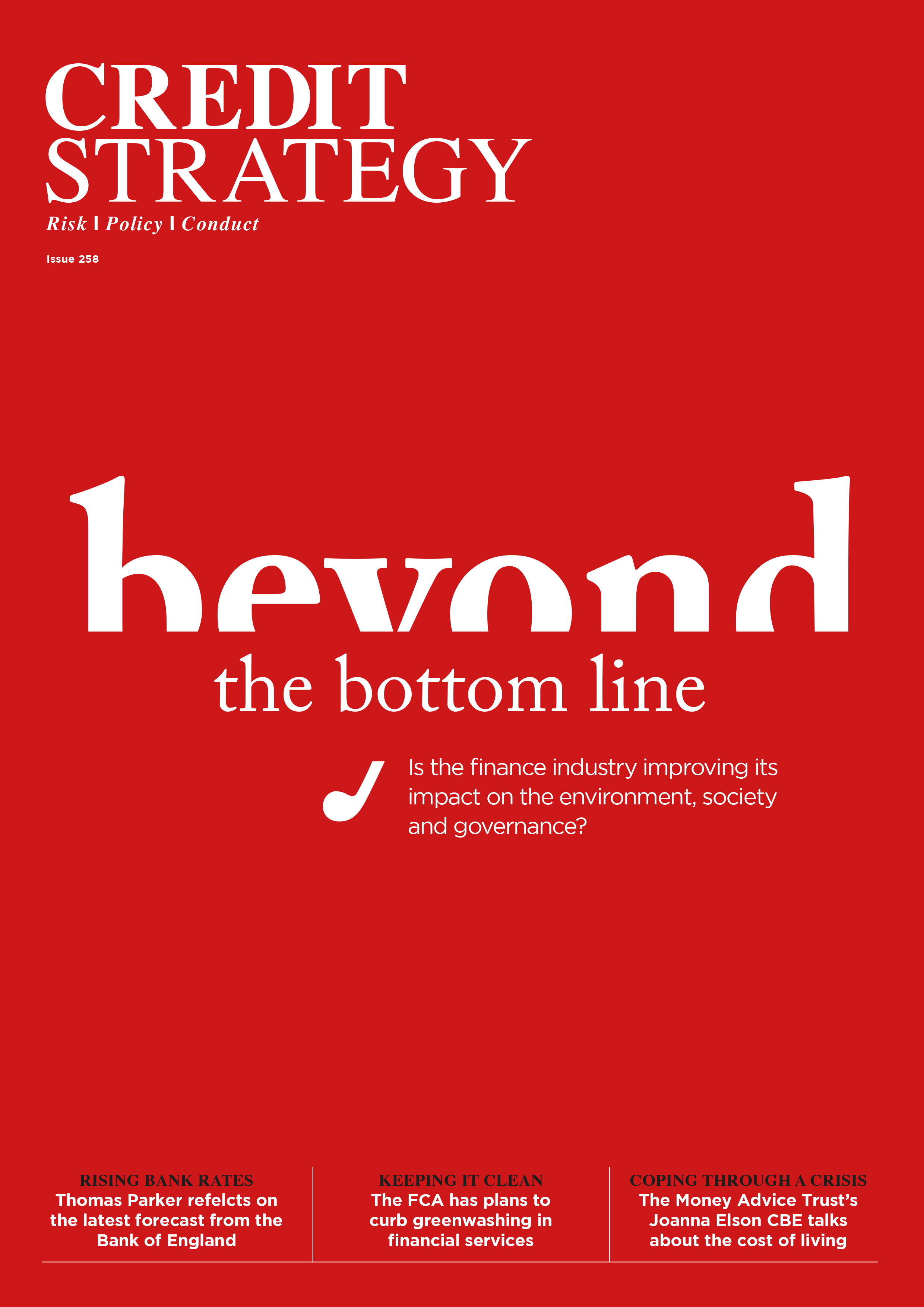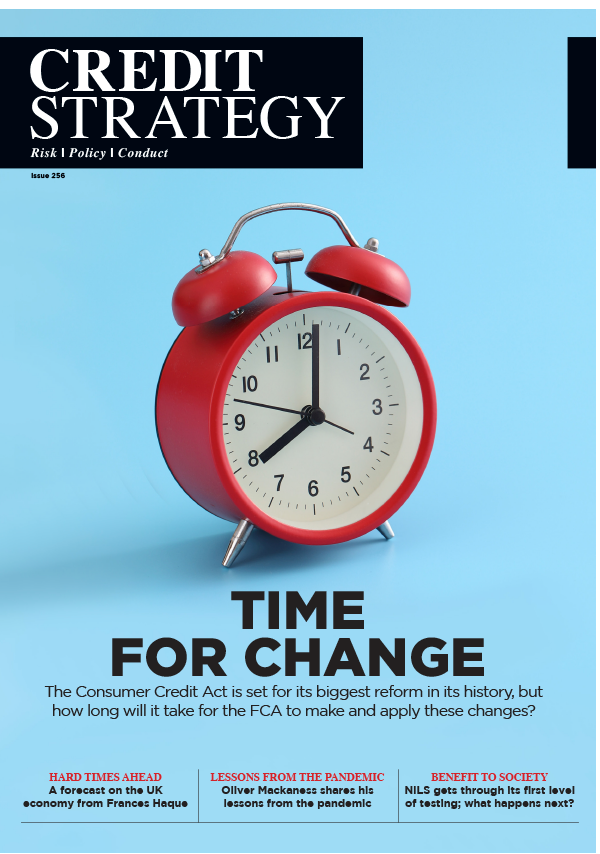Dear visitor,
You're reading 1 of your 3 free news articles this quarter
Register with us for free to get unlimited news, dedicated newsletters, and access to 5 exclusive Premium articles designed to help you stay in the know.
Join the UK's leading credit and lending community in less than 60 seconds.
Quarterly GDP drops by 0.2%
GDP is estimated to have fallen by 0.2% in the third quarter (July to September) of 2022, according to the Office of National Statistics (ONS).

Senior Journalist, covering the Credit Strategy and Turnaround, Restructuring & Insolvency News brands.
Most notably, it is estimated to have fallen by 0.6% in September – although it’s important to note this data is impacted by the bank holiday for the State Funeral of the Queen, which saw some businesses close or operate differently.
The overall quarterly figure follows a rise of 0.2% in the previous quarter of 2022. In addition to this, the level of quarterly GDP is now 0.4% its pre-Covid level during the final quarter of 2019.
Alongside this, the implied GDP deflator rose by 1.2% – primarily driven by higher price pressures for household consumption, which rose by 2.3%. There was also a 5.2% increase in import prices, with this in part reflecting the higher price for fuels – which was larger than the 1.1% increase in export prices.
Compared with the same quarter a year ago, there was a 5.8% increase in the implied GDP deflator. This has mainly due to the strong rises in the price of household consumption (9.1%). There have also been price movements in internationally traded goods and services, particularly in the imports of goods and services (21.2%).
As for the output figures, services remained flat, production fell by 1.5% but construction rose by 0.6%. This, according to the ONS, reflected a slowing in the quarter across the sectors – although across all of output, there were increases in 10 of the 20 sub-sectors, while nine sub-sectors saw a decrease.
Looking at expenditure, this fell by 0.2% in the third quarter – which was driven by a drop in private consumption. There were also large movements in international trade flows, including that of non-monetary gold – which is particularly volatile.
Nominal GDP, however, rose by one percent and increased by 8.4% relative to the same quarter last year. This was driven by growth in compensation of employees as well as contributions from taxes less subsidies and other income.
Stay up-to-date with the latest articles from the Credit Strategy team
Get the latest industry news






